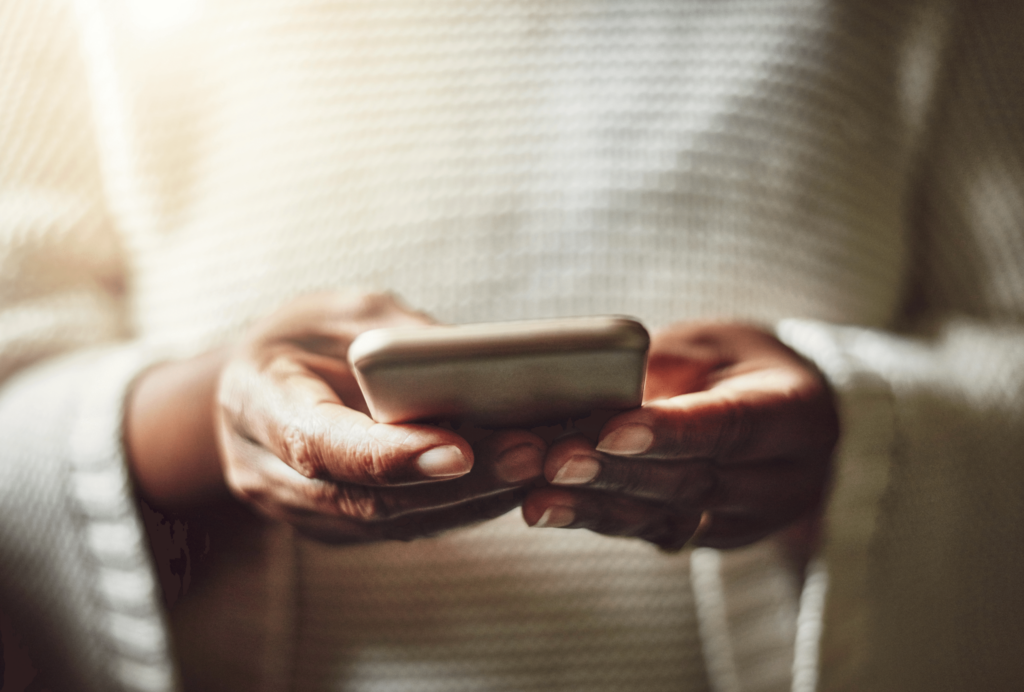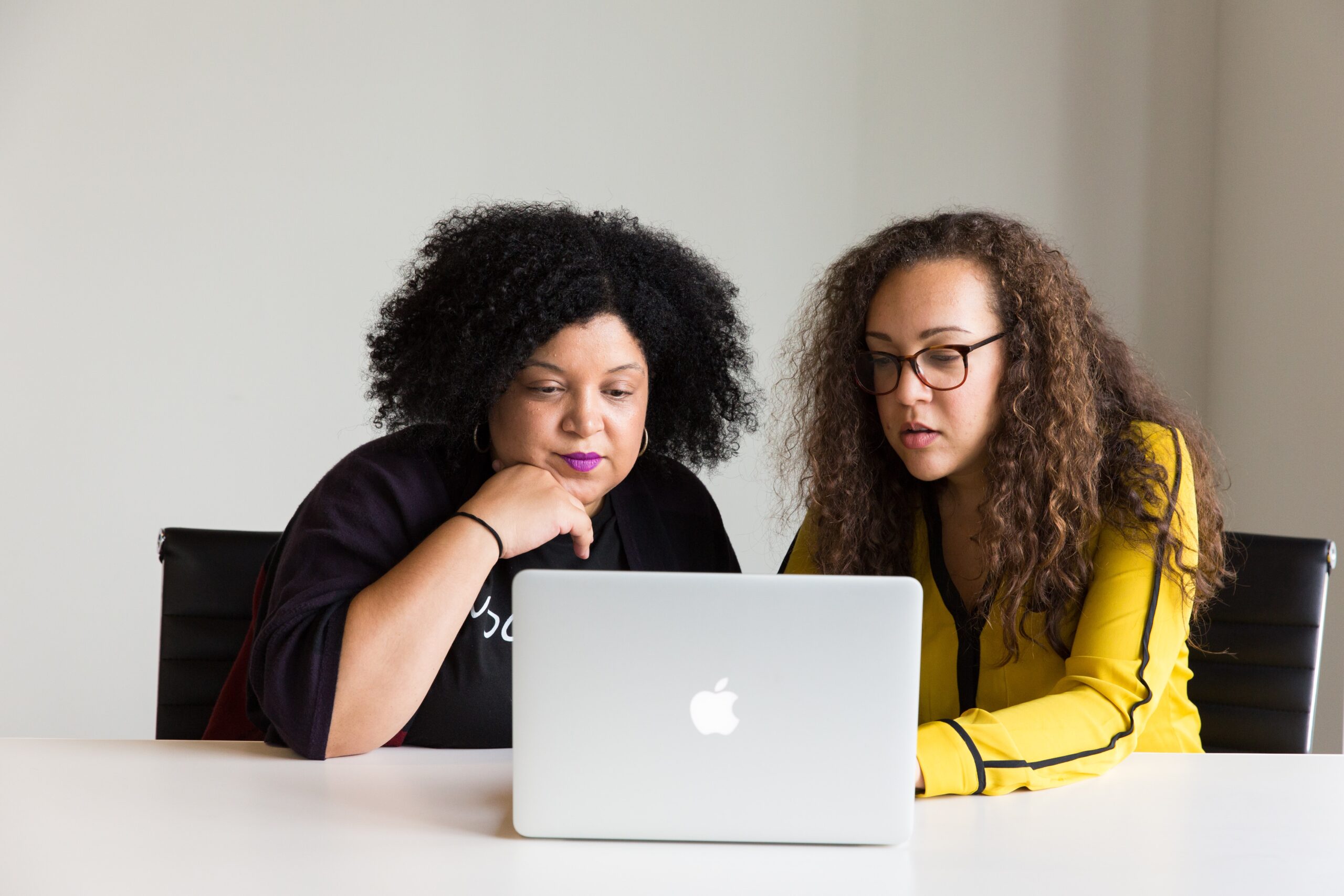FROM THE TECH SAFETY TEAM
What is Digital Financial Security and why is it important?
Like most other life-admin tasks, banking has moved to digital and online platforms. Most of us now access and manage our money through our smartphones and computers, which is why it’s important to ensure that our electronic data and information is private and safe. And that’s what Digital Financial Security is about, about keeping that information safe. This can include protecting your pins and passwords, and/or protecting yourself against technology-facilitated abuse.
Digital financial security is so important because it allows you to protect your money and therefore gain financial independence.

Digital financial security can be especially important for people leaving an abusive relationship who have experienced financial abuse or technology-facilitated abuse. Let’s break down these terms before we keep moving:
What is financial abuse?
Financial abuse is a form of domestic and family violence where an abuser uses money (and financial resources) to control their partner or a family member. Creating financial dependency is one of the most powerful tools an abuser has to keep someone trapped in an abusive relationship, often impacting the victim-survivor’s ability to stay safe once the relationship is over.
What is technology-facilitated abuse?
Technology-facilitated abuse (or tech abuse, as we call it here at WESNET) is a type of domestic violence where technology is used as a tool by the abuser to gain and maintain power and control over another person. Common forms include sending abusive messages, making threats, having control of all the technology in the household, monitoring activities and devices, or preventing someone from having control of their accounts by demanding access or sharing passwords.
Often financial abuse and tech abuse are experienced together.
For example, if someone hacks into someone’s banking app on their phone and accesses their bank account to transfer themself money then that person has experienced both financial abuse and tech abuse.
Because most of us are using our devices to access our bank accounts (our money) we need to protect our devices to protect our money. Make sense? So to increase your digital financial security, making sure all your devices and accounts are secure is a crucial first step.

To help secure your finances the following tips may be useful, but trust your instincts about whether these are safe actions for you to take.
> Create a safe email address. Having a safe email account that only you can access and know the password to is one of the most important steps when it comes to accessing your banking accounts online. Having a safe and secure email is an important first step to keeping your bank details private. Bonus tip: Remember to set up and use your email account on a device only you can access.
> Use strong passwords. Use strong passwords for all your accounts including your email account and banking accounts. Do not use passwords you have used before or that can be easily guessed. If you are experiencing abuse do not use passwords that your abuser may be able to guess such as your birthday, pets’ names, anniversary dates or facts specific to you or your children. Be careful about where you store your passwords. We recommend using a secure password manager.
> Utilise multi-factor authentication. If safe to do so, we recommend using multi-factor authentication (MFA) to log into your services securely. MFA uses two or more identifying factors in order for you to be able to log into the account or device. You are often required to put in a code that is sent to a different device (like sending a code to your SMS instead of your email). This is another layer of security to prevent someone from being able to hack into your account.
> Double-check your recovery email address. Make sure the backup or recovery email and phone details for your accounts belong to you and that no one else has access to these accounts.
> Keep safe copies of important documents. Make copies of your important documents and store them safely. For example, locked them at work, on a hidden USB or with a trusted friend or family member. It is important to have access to these documents if you need to open new bank accounts.
> Remove other account holders from accessing your money. If safe to do so, you can place a stop or block on any joint accounts, and/or remove the secondary cardholder on your credit cards. Contact your bank directly if you need to do this. If you are having issues doing this, you can contact local support or financial counselling service that can assist you. You can find a service in your state by calling National Debt Helpline 1800 007 007 or going to ndh.org.au.
> Review security and privacy settings. Review all your accounts’ security and privacy settings (email, Google, iCloud, banking, phone, etc). Make sure all your login details such as your emails and passwords are secure and private. Always perform software updates on your devices when you are notified about them.
Did you find this post useful? Please save and if safe to do so, share it with your network!
—
For more detailed information on digital financial security please see the Digital Financial Security Resources in our Women’s Privacy and Safety Toolkit, which WESNET developed in conjunction with the Commonwealth Bank. These resources explore how to identify technology-facilitated financial or economic abuse and the steps individuals can take to increase their digital financial security.
If you or someone you know are experiencing domestic and family violence or financial abuse, or remains unsure, there are support services you can access. For confidential information, counselling and support, we recommend calling 1800RESPECT on 1800 737 732.
